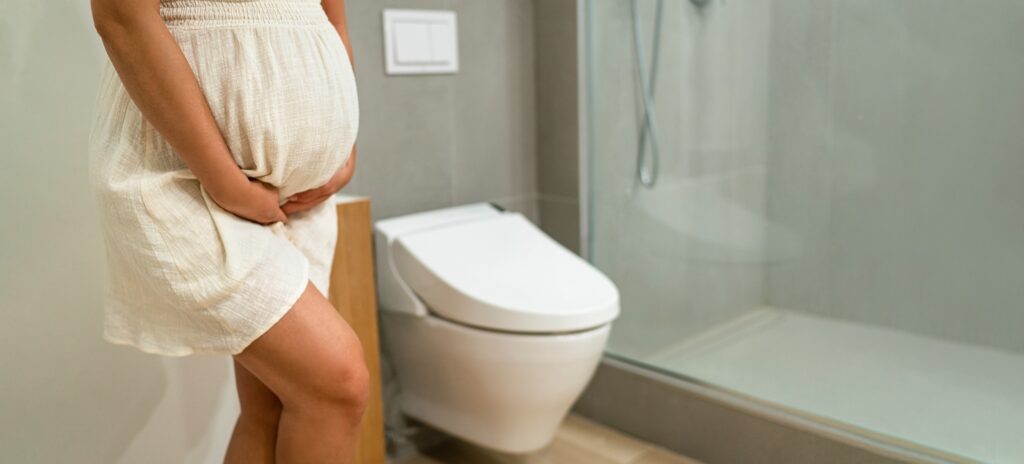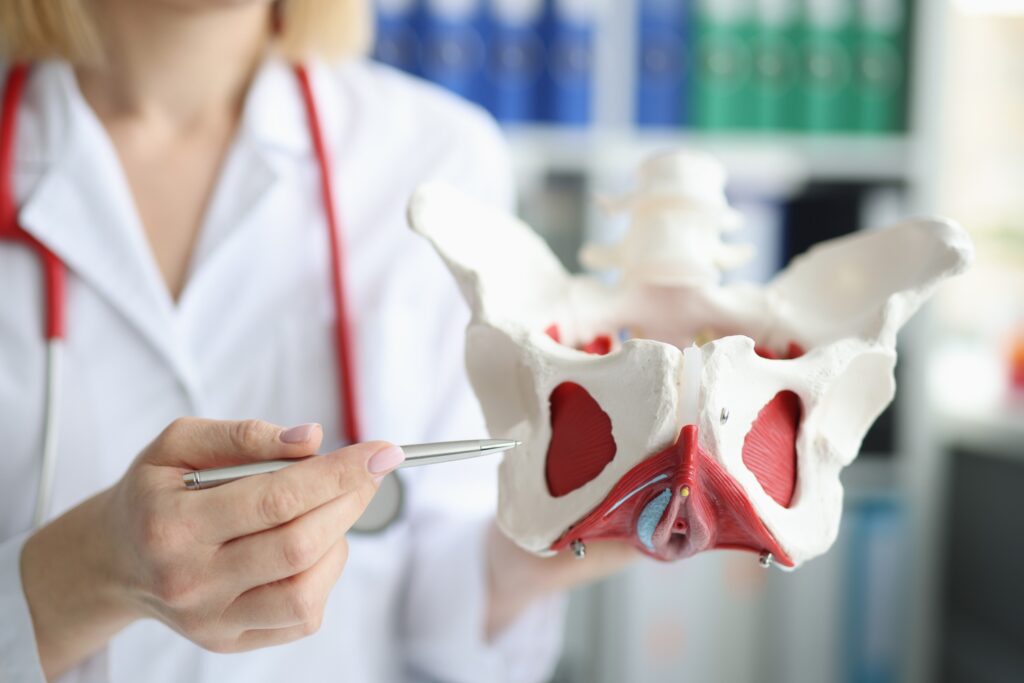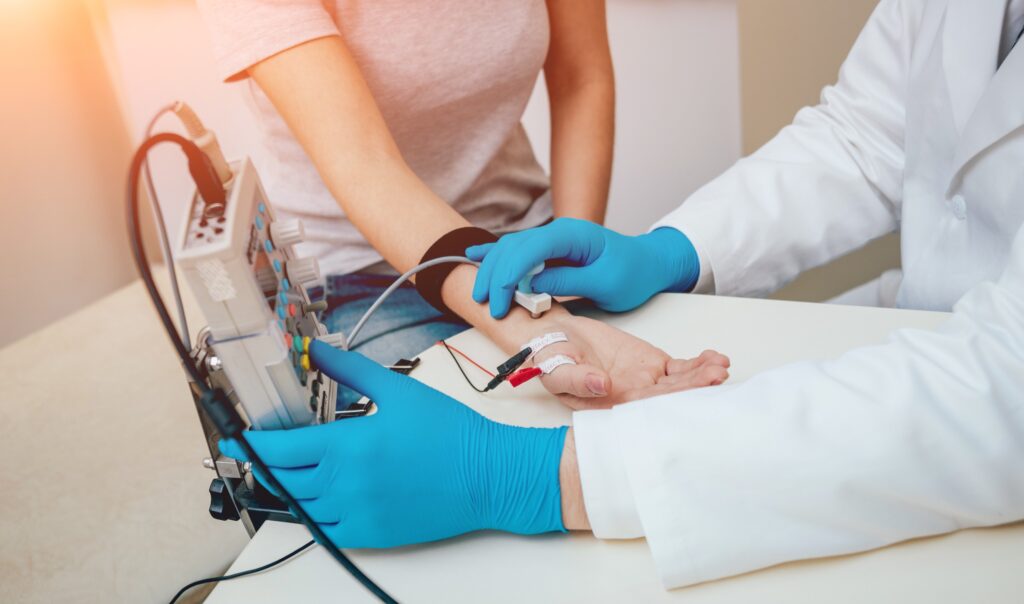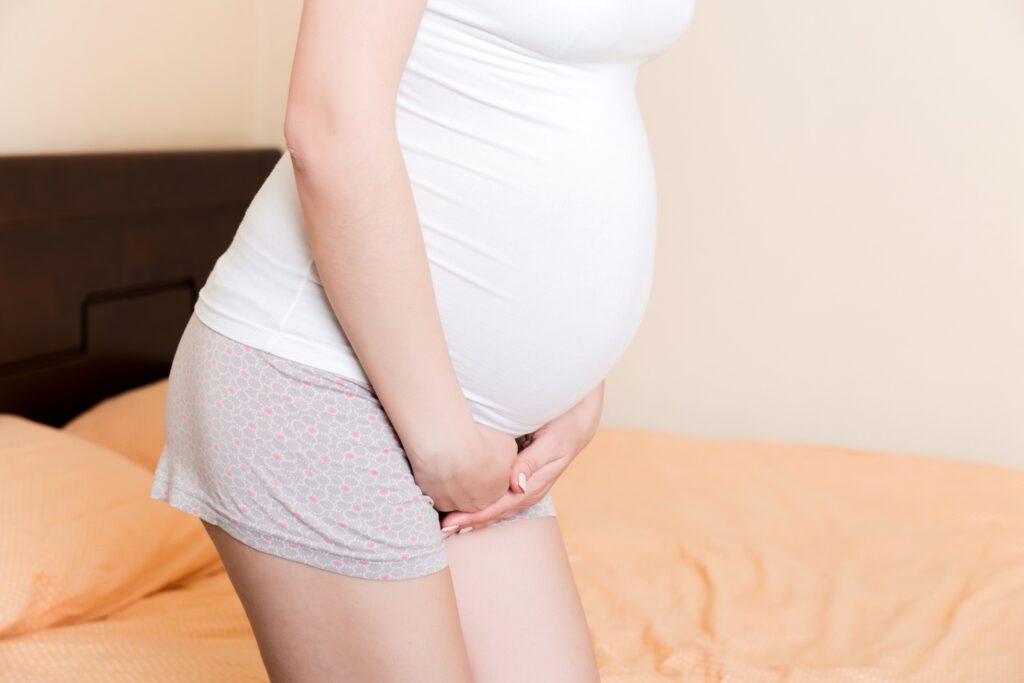Objectives pelvic floor muscle training

The scientific literature describes several possible reasons why Pelvic Floor Muscle Training (PFMT) could contribute to the prevention of urinary incontinence.
Perineal massage as prophylaxis of childbirth complications

In recent years, perineal massage has been widely promoted as a prophylactic technique to prevent complications during labor, with the main focus being the prevention of perineal lacerations during childbirth.
PFMT for the prevention of urinary incontinence during pregnancy

The pelvic floor plays an important role in maintaining perineal functionality. Pelvic floor muscle training (PFMT) could be an important therapeutic alternative for preventing pelvic floor dysfunctions during pregnancy and postpartum.
The use of the training of the pelvic floor musculature in the analogy of the ship at the dock

The analogy of the boat at the dock serves to explain, in a simple way, the functioning of the pelvic floor muscles.
General recommendations for pelvic floor muscle training postpartum

Pelvic floor muscle training (PFMT) is recommended by the scientific literature. However, there are a number of recommendations for its appropriate use.
Influence of the type of birth on the recovery of the pelvic floor muscles

The process of childbirth is experienced differently by each woman. On a clinical level it can be classified as natural, instrumental or caesarean section.
Differences in the results of postpartum pelvic floor muscle treatment according to the number of deliveries

Are there differences in the results of pelvic floor training programmes (PFMT) according to the number of births?
Benefits of pelvic floor muscle training for prevention and treatment

Pelvic floor muscle training (PFMT) can be used for both prevention and treatment.
Surface electromyographic biofeedback + pelvic floor muscle training vs pilates exercises

Surface electromyography (sEMG) is a valuable tool for assessing pelvic floor muscle function and guiding interventions for stress urinary incontinence (SUI) and pelvic organ prolapse.
Electromyographic biofeedback + pelvic floor muscle training vs pelvic floor muscle training

Urinary incontinence (UI), characterized by involuntary urine leakage, is a common and restrictive condition affecting approximately 1/3 women.